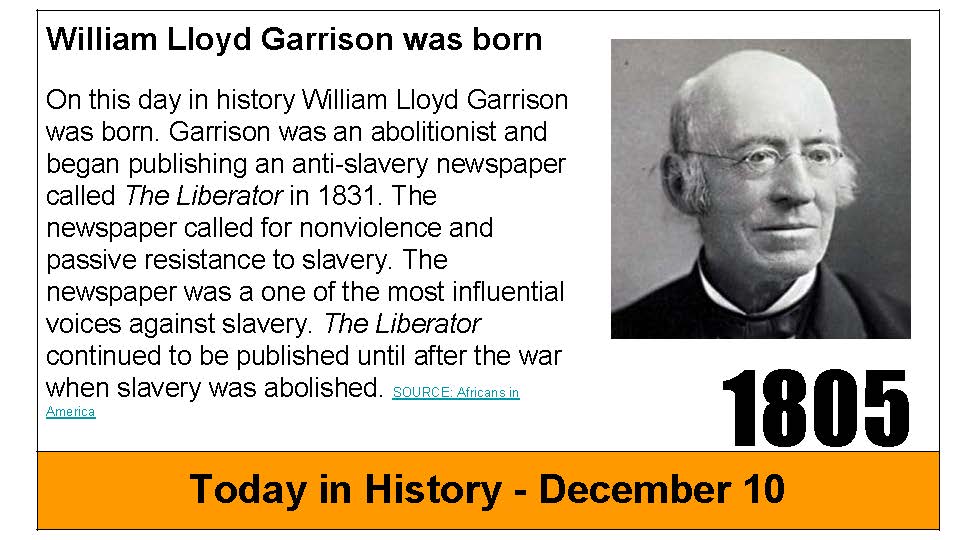Welcome to the first post since 2018 on semper sharkus dot org. Semper sharkus is Mr. Watkins’s classroom blog. I created the blog in 2017 to share what is happening in the science classroom with parents and make the learning that our young scientists are doing visible.
Semper Sharkus
The blog name semper sharkus comes from Latin and a made-up word.
My children attended Wheaton Warrenville South High School where the motto is Semper Tigris. The high school was established in 1876 as Wheaton High School and has a rich history and distinguished alumni that include Edwin Hubble (a state high jump champion), John and Jim Belushi, and Bob Woodward of the Washington Post.

Several years ago, I began signing all my correspondence with semper sharkus. Until 2020, no one questioned the complimentary close and signature line. A parent replied to an email that they had searched semper sharkus and could not find out what the phase meant.
Parent email
Can I please ask what is semper sharkus? I was unable to find it on google. ??
My reply
Thank you for asking about my signature – Semper Tigris. I ‘stole’ it from my son’s and daughter’s high school principal – Dave Claypool at Wheaton Warrenville South. He signed everything ‘Semper Tigris’ – meaning, once a tiger, always a tiger! Mr. Claypool retired at the end of 2020 and is a hard act to follow.
I thought it was catchy and adopted Semper Sharkus years ago – it’s Latin for “always a shark” – though sharkus is entirely made up. Pistris is the Latin word for shark, and I think using that would thoroughly throw middle schoolers for a loop!
You are the first person to ask me what it means – thank you for being curious and full of wonder. It’s my expectation for my students!
Also, I adopted the phrase as my Twitter and Instagram handles and post photos of learning in the science classroom from time to time.
Lunar eclipse
Early Tuesday morning there will be a lunar eclipse. The next lunar eclipse won’t be until 2025.
It’s exciting news because tomorrow our students don’t have school. What better opportunity to get up early and go back to bed after watching a rare phenomenon?
This week we are beginning our unit titled Can I Believe My Eyes? It’s the first physics unit of the year and we learn and discuss the conditions needed to be able to see any object. It is also the unit where we introduce and explain how scientists use models to help explain phenomenon.
We will be using the 4 C’s plus two to explore and discover scientific principles that we’ve used since we began school in August.
-
-
- Critical Thinking
- Communication
- Collaboration
- Creativity
and - Curiosity
- Community
-
More information about the lunar eclipse tonight can be found at this link. What You Need to Know About the Lunar Eclipse.
Also, in class we watched this video in three of my five science classes today (every class except for period 3 and 7). The video is produced monthly by NASA’s Jet Propulsion Lab. The video is short and provides three short sky watching tips for the coming month.
Finally, it’s a pleasure and a joy to teach your children science. I hope they are learning as much from me as I am learning from them.
I plan to continue to use this platform to provide background about what our young scientists are learning and how they are growing as scientists and people.
Semper sharkus, once a shark, always a shark



